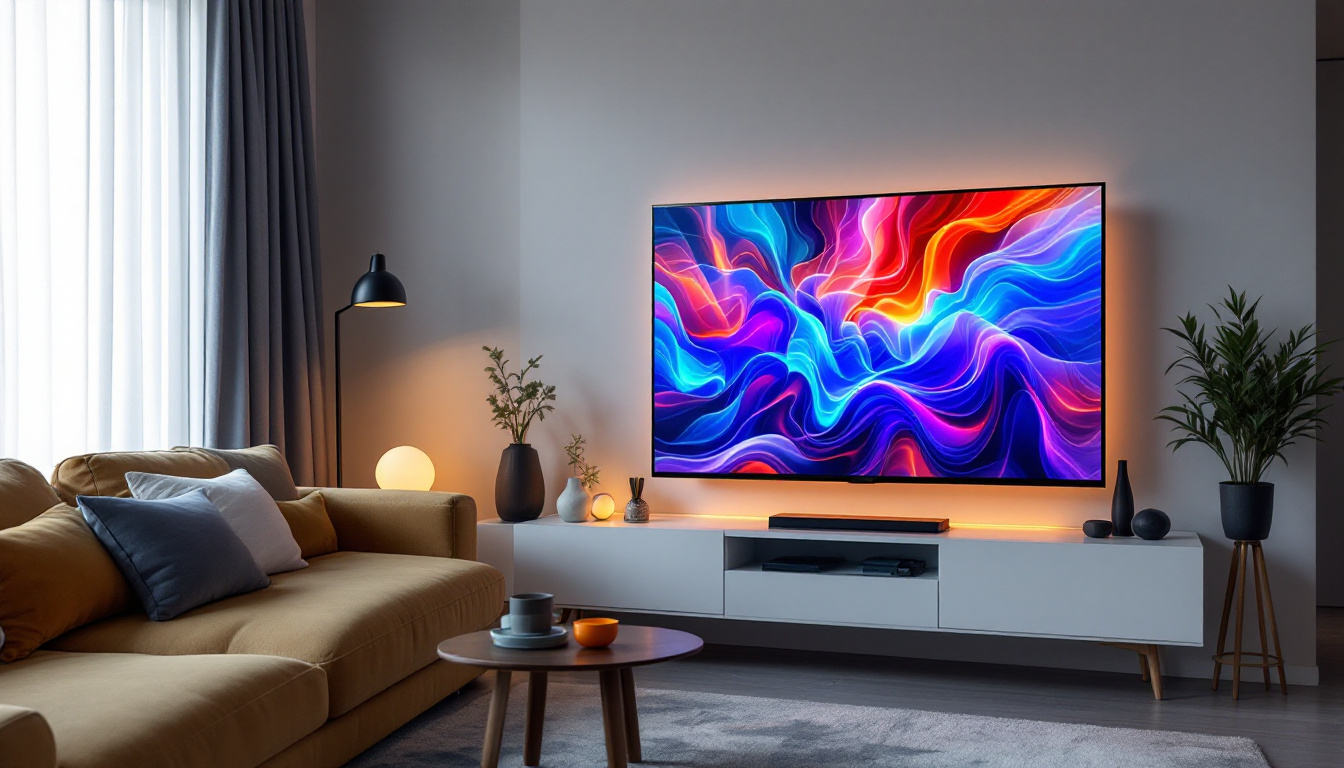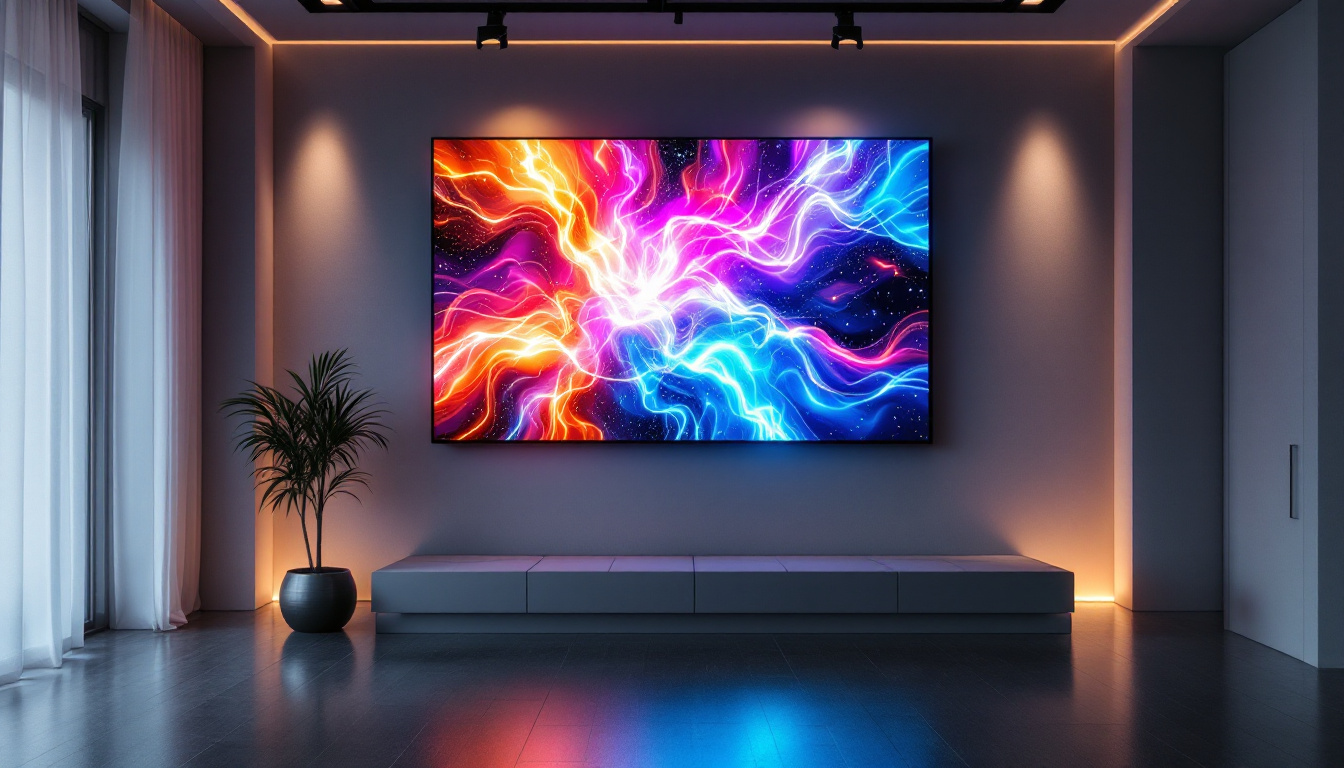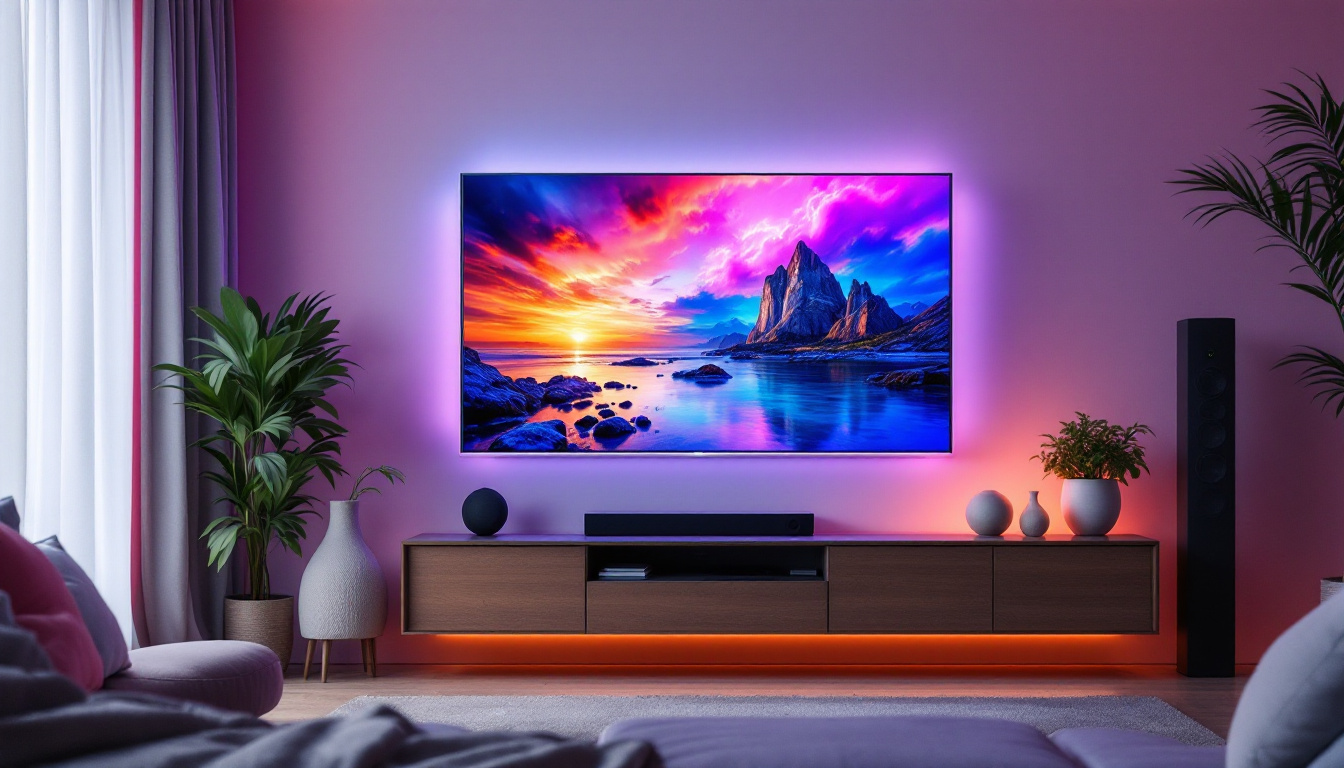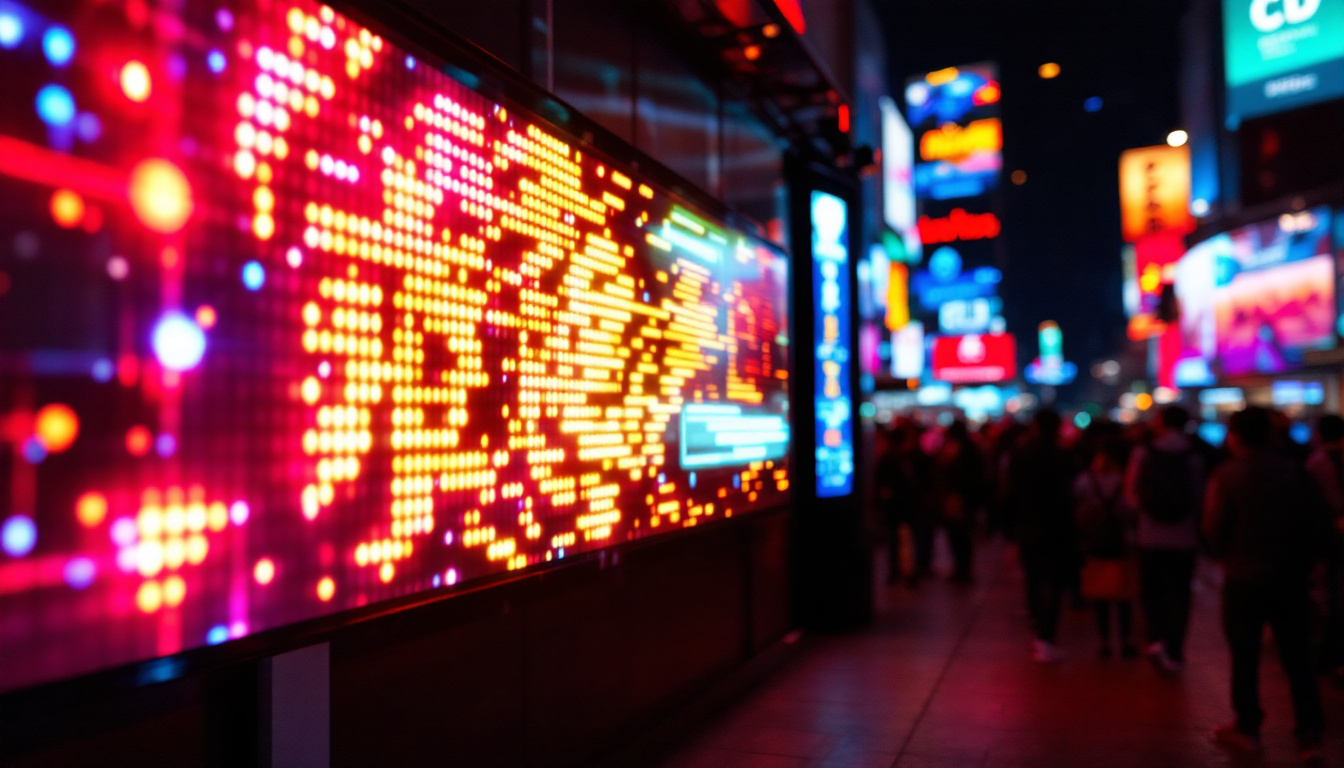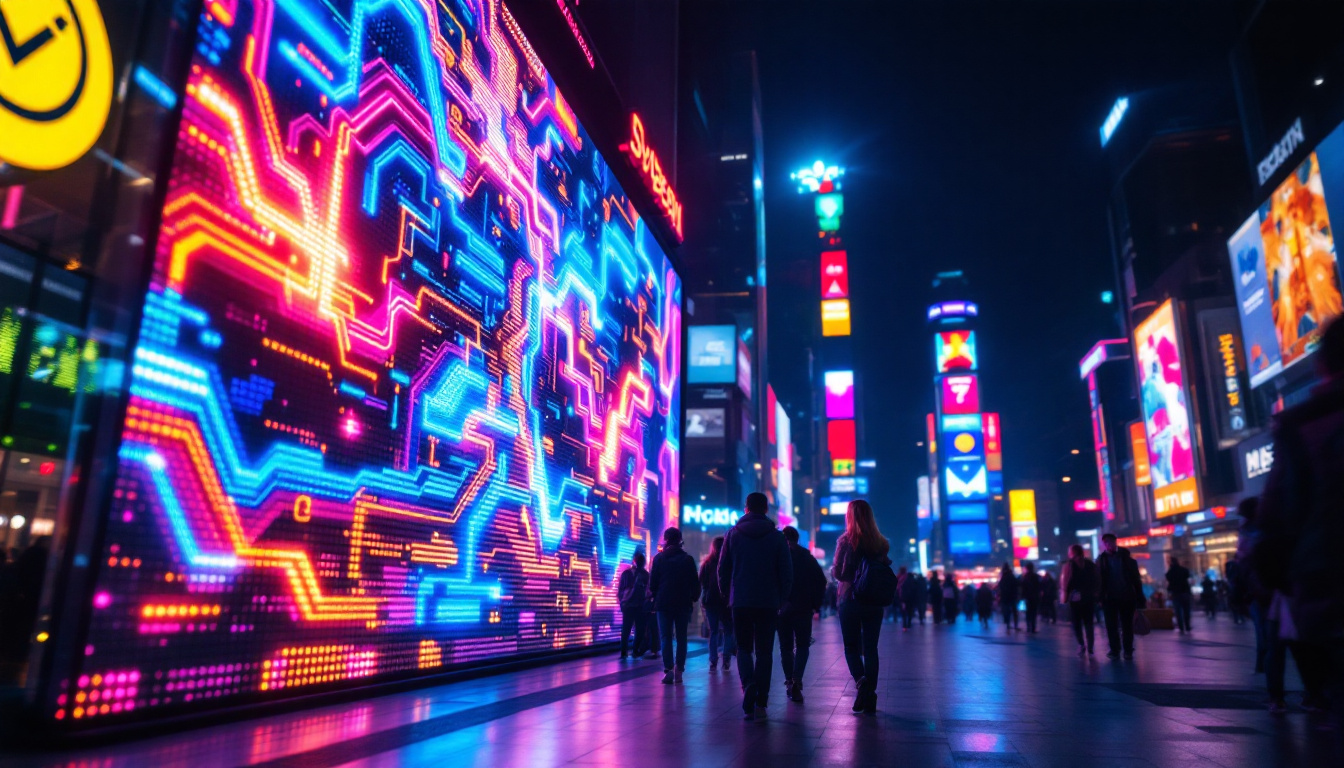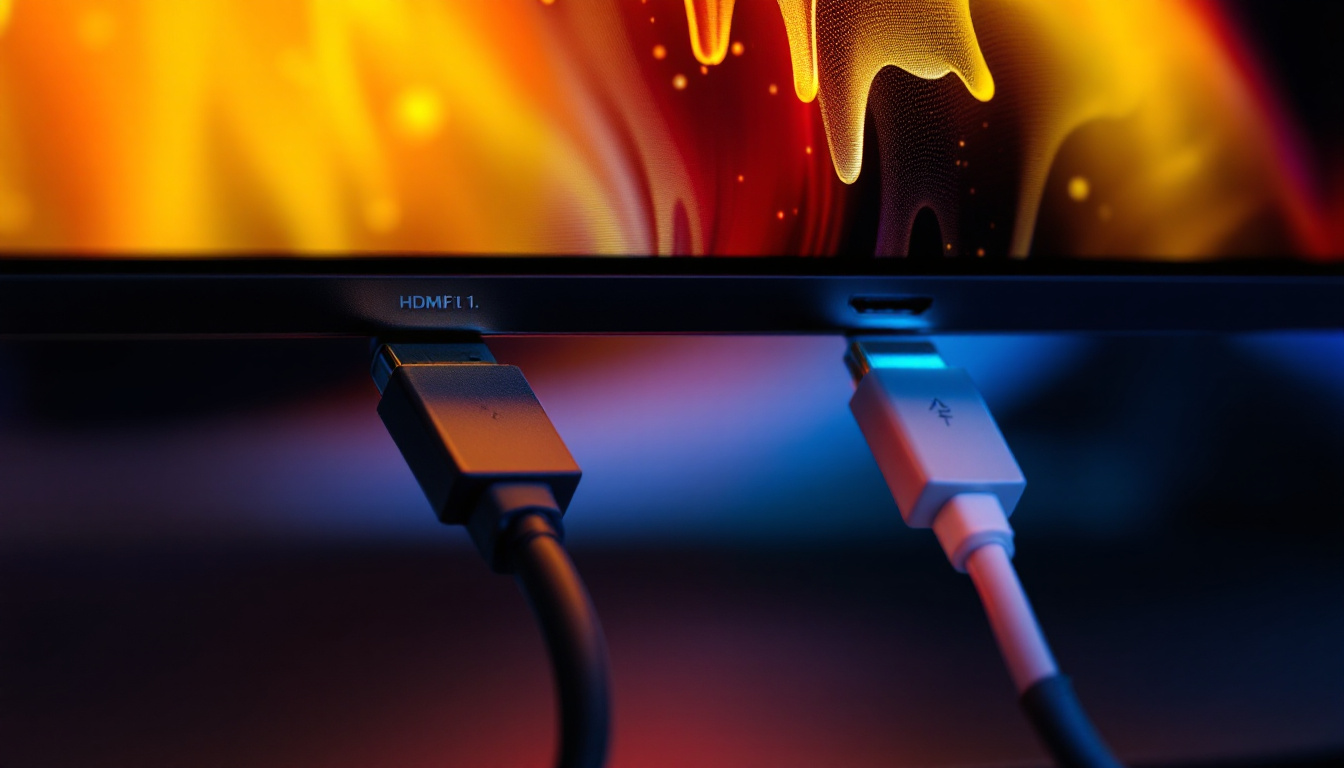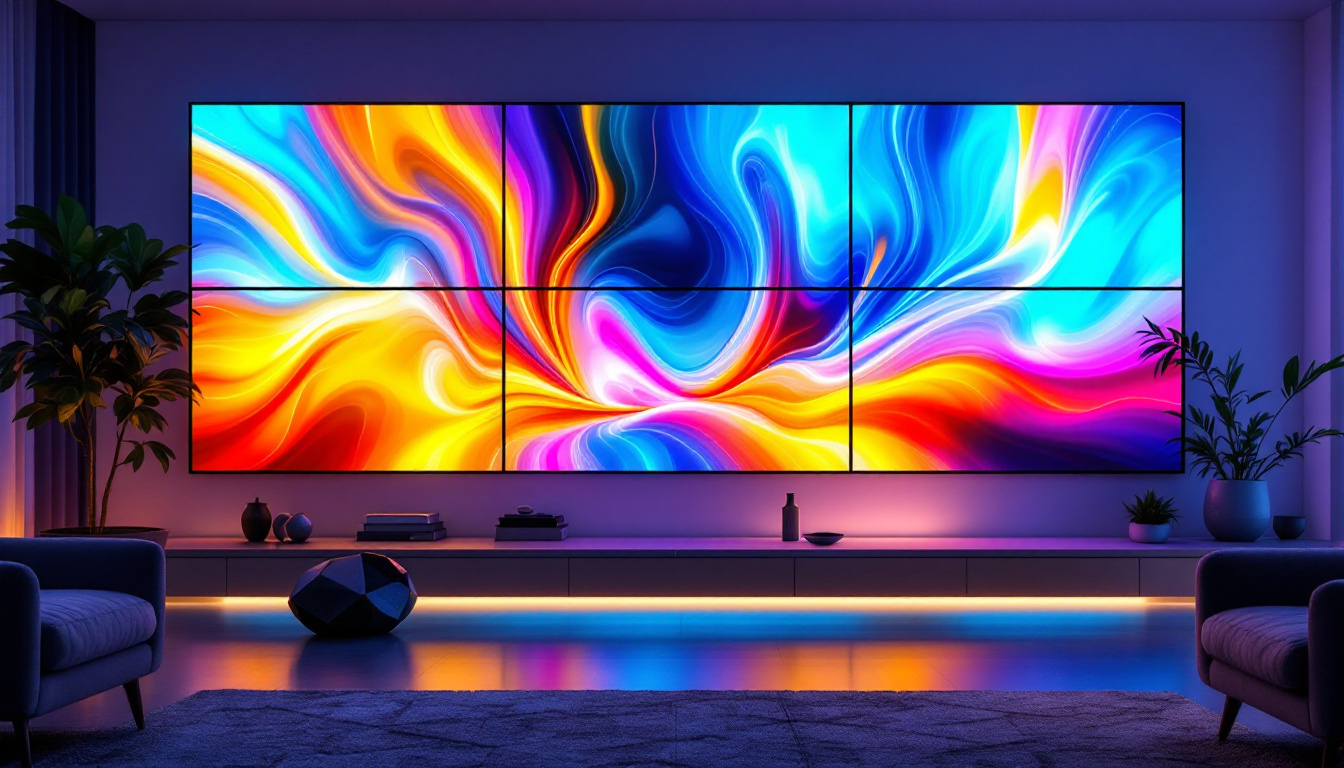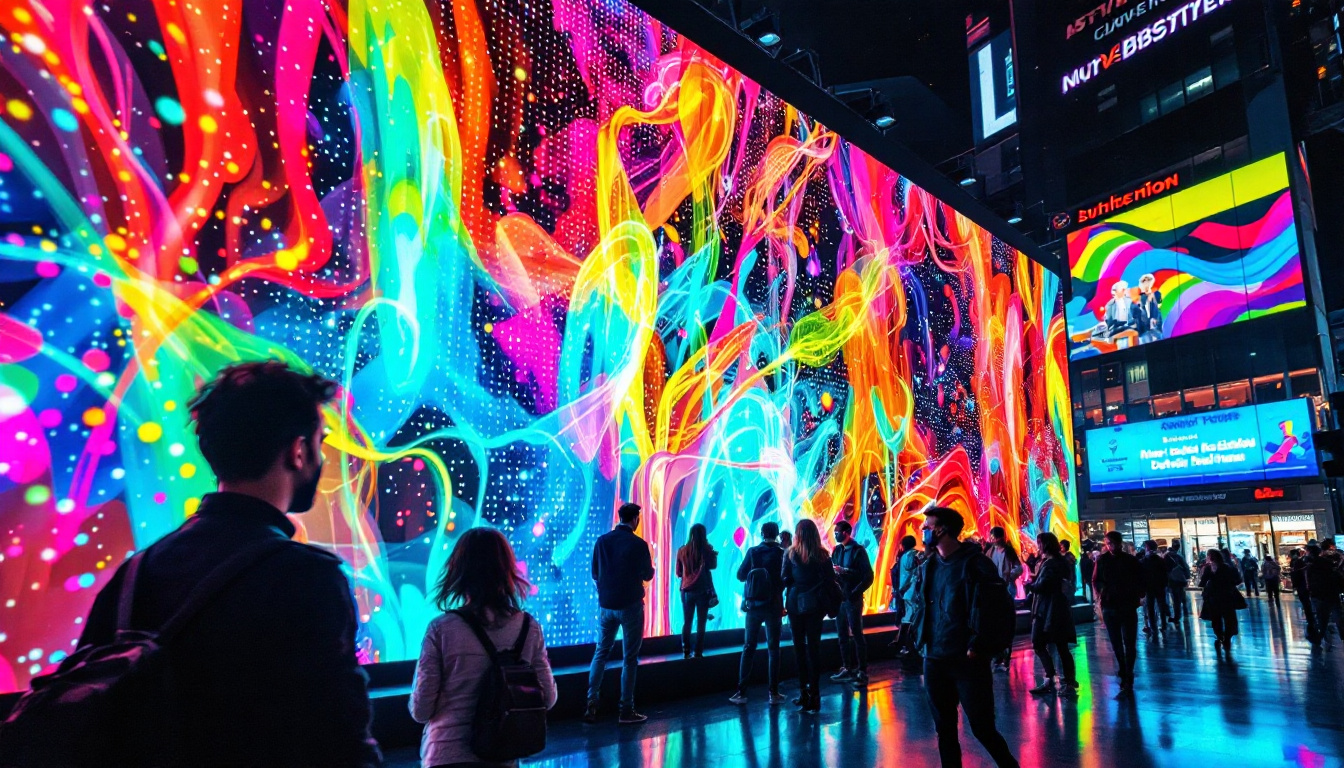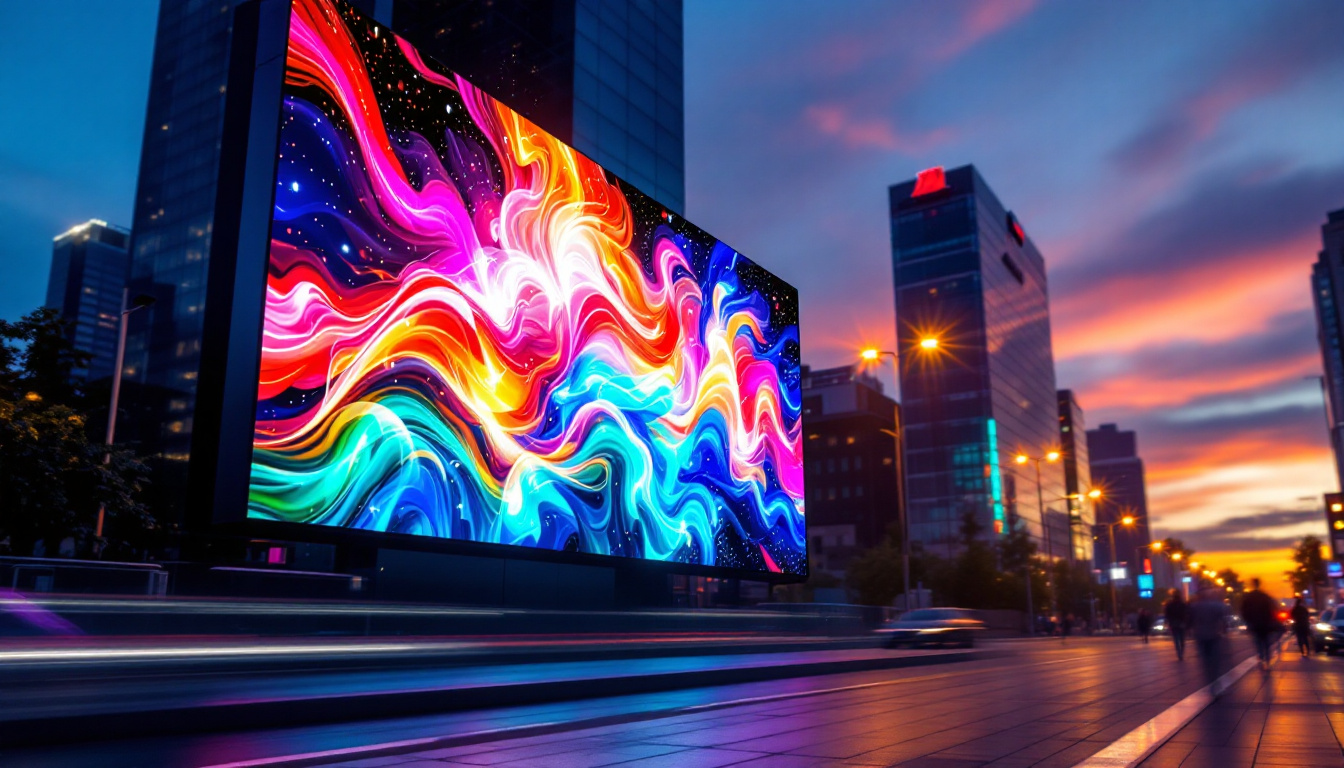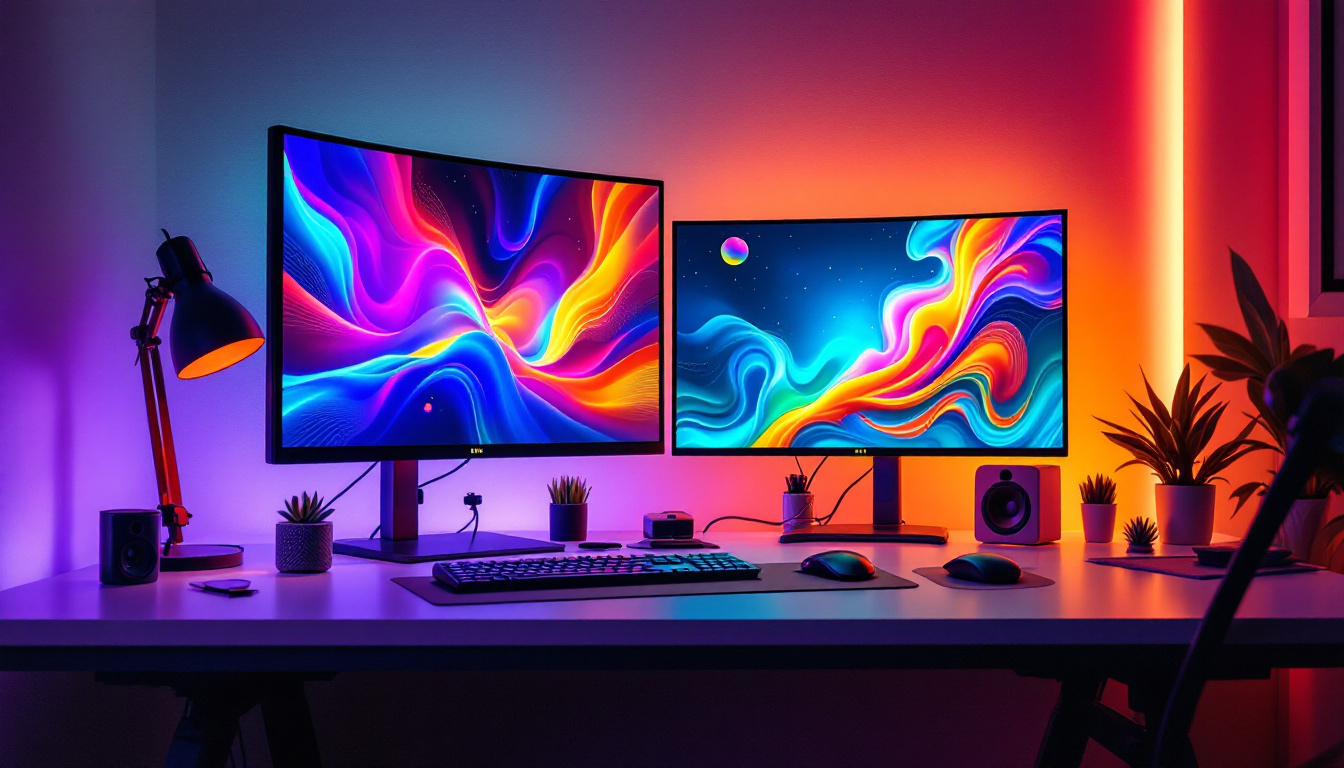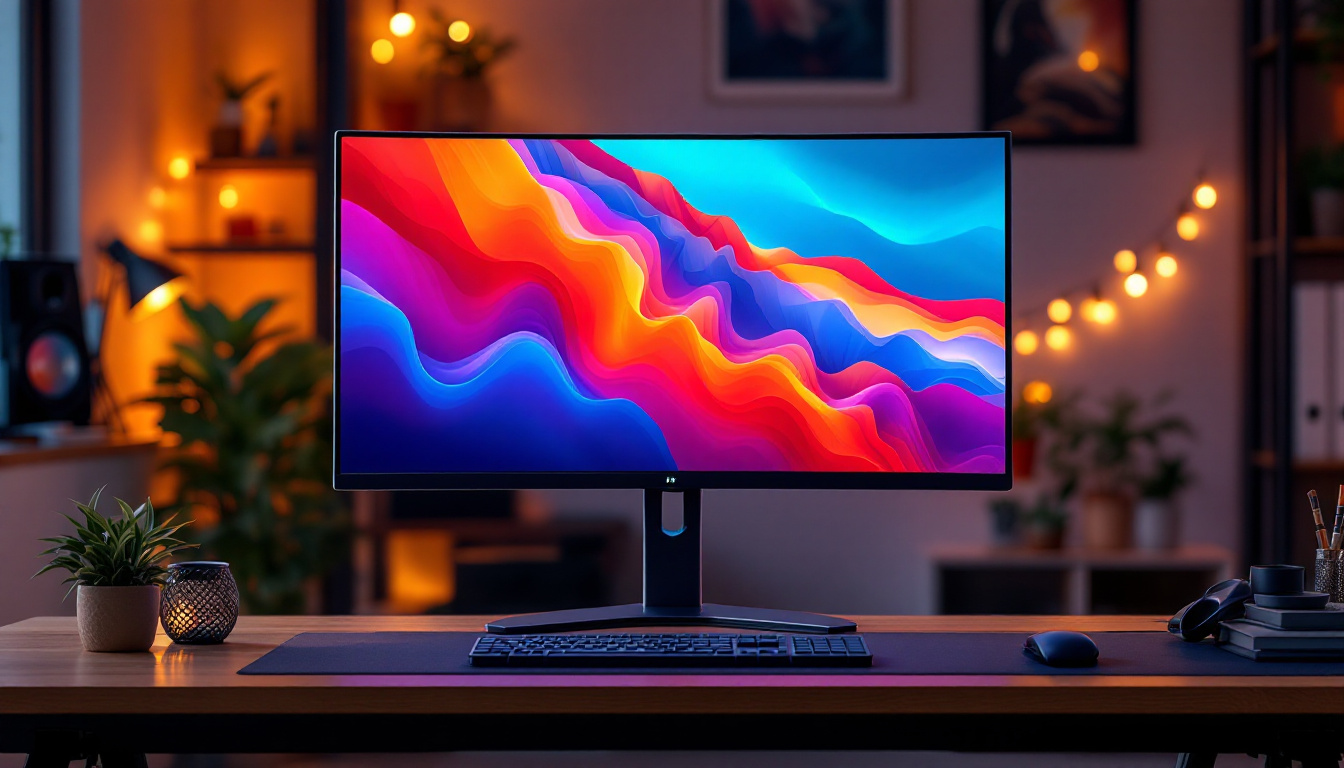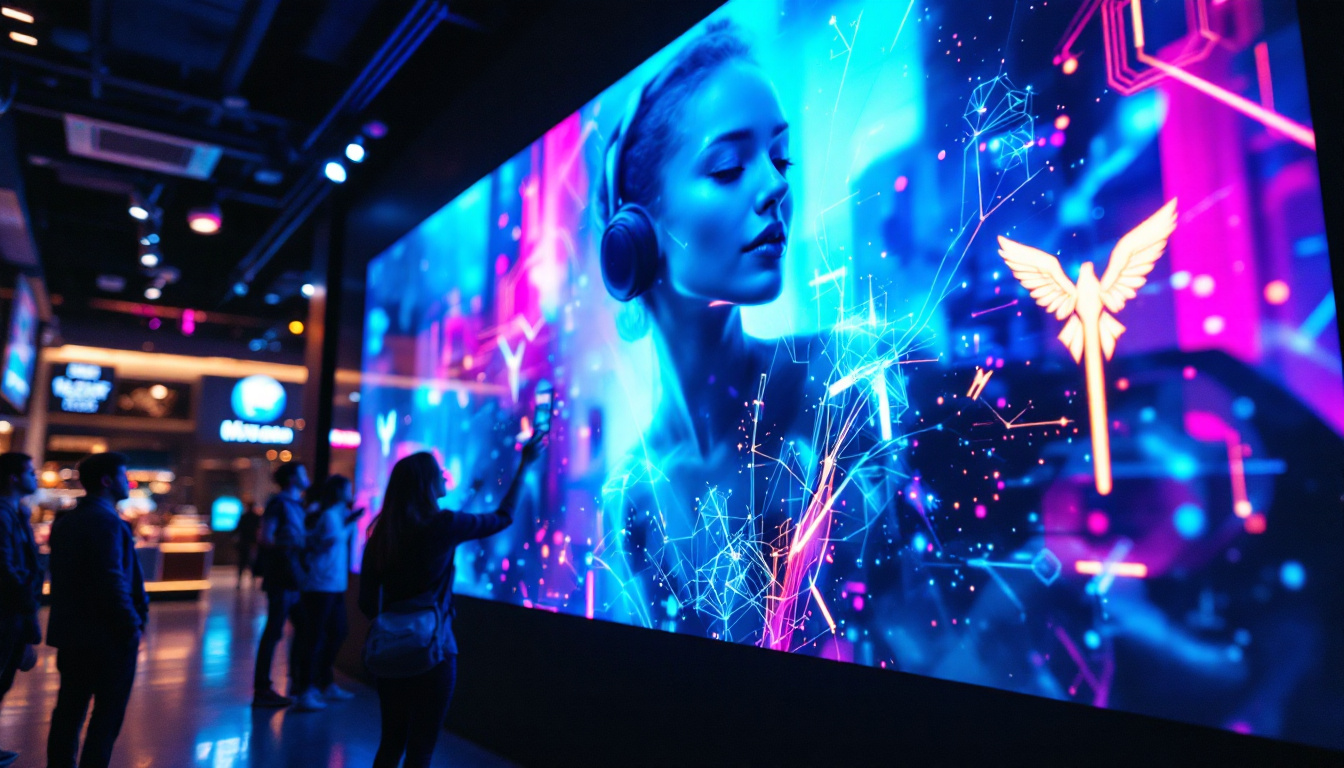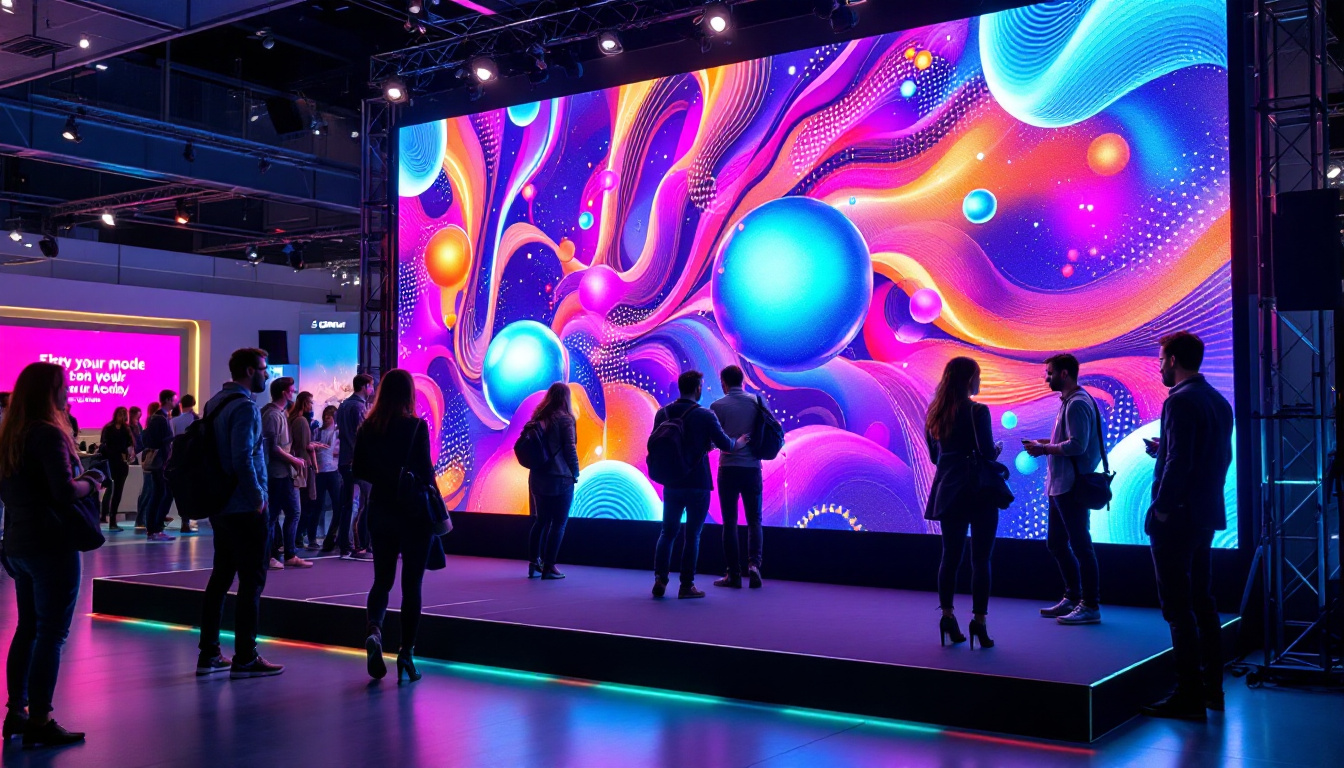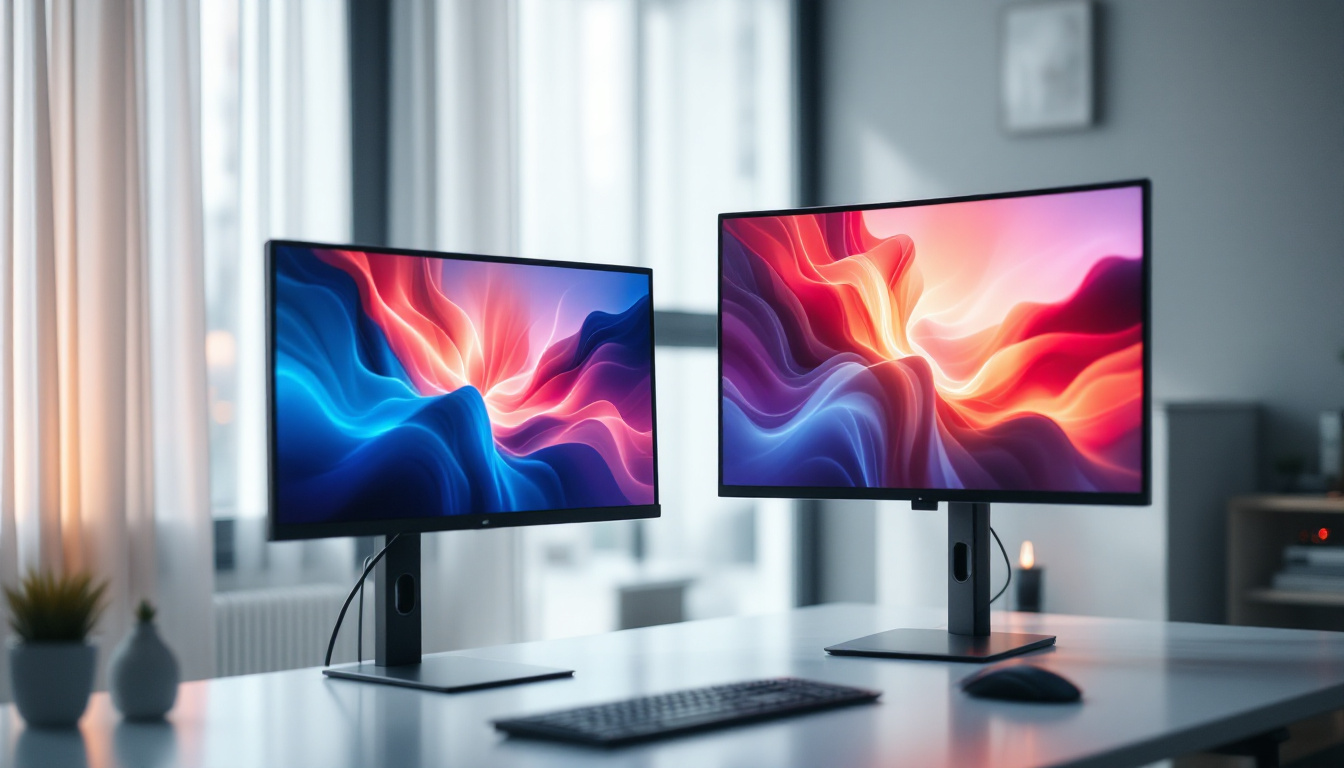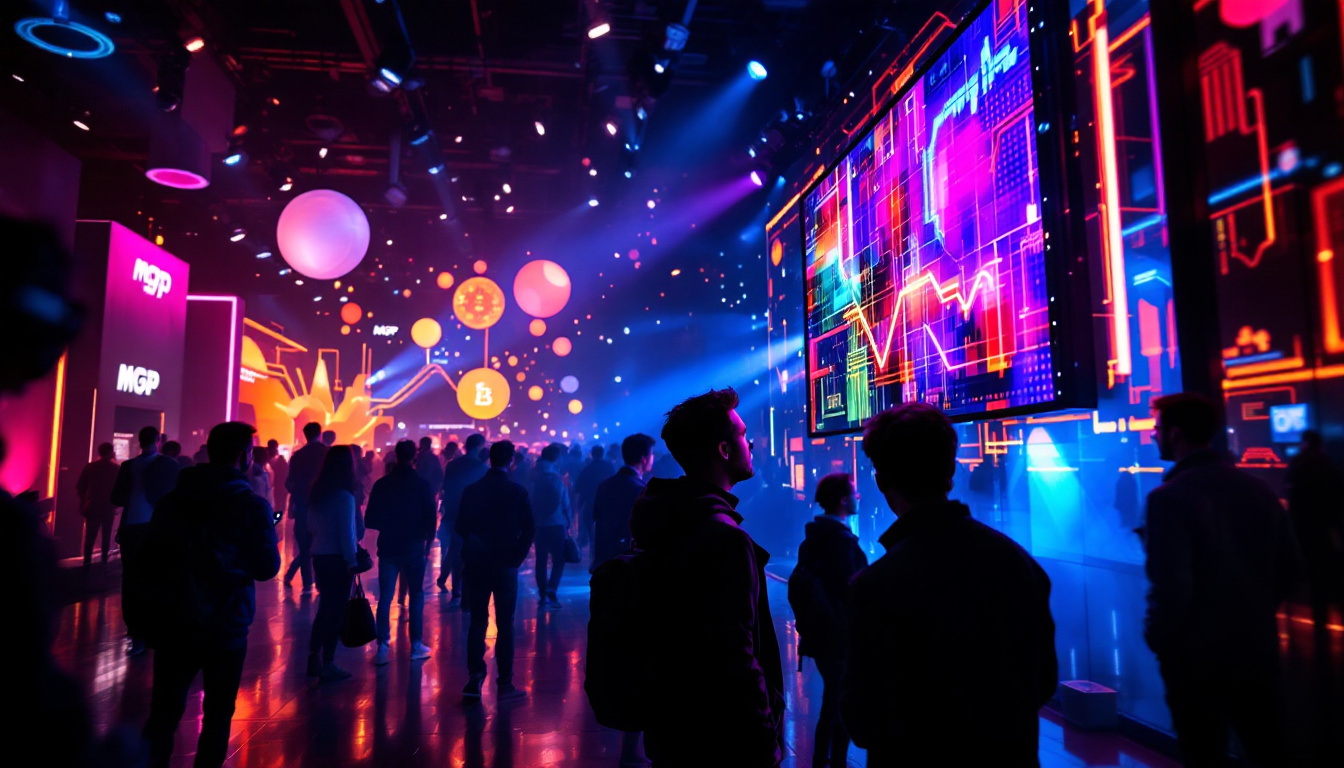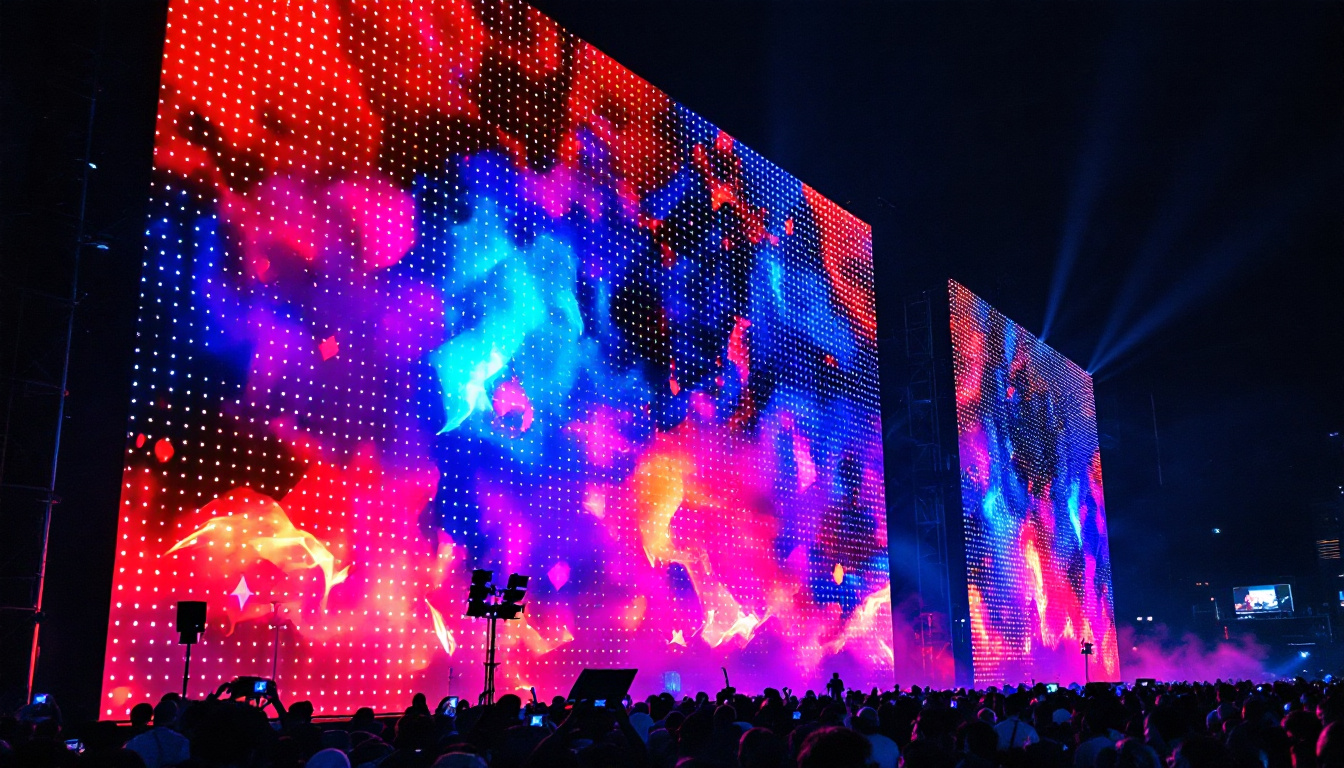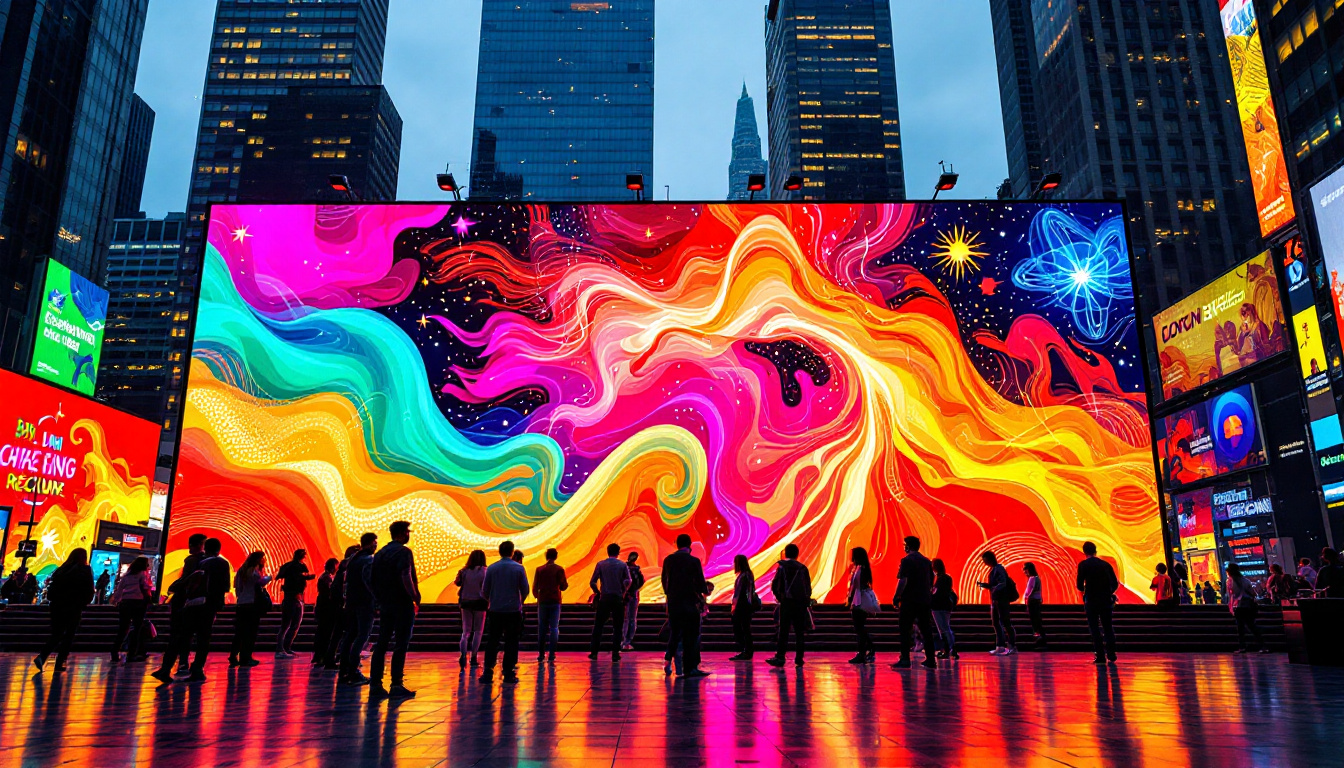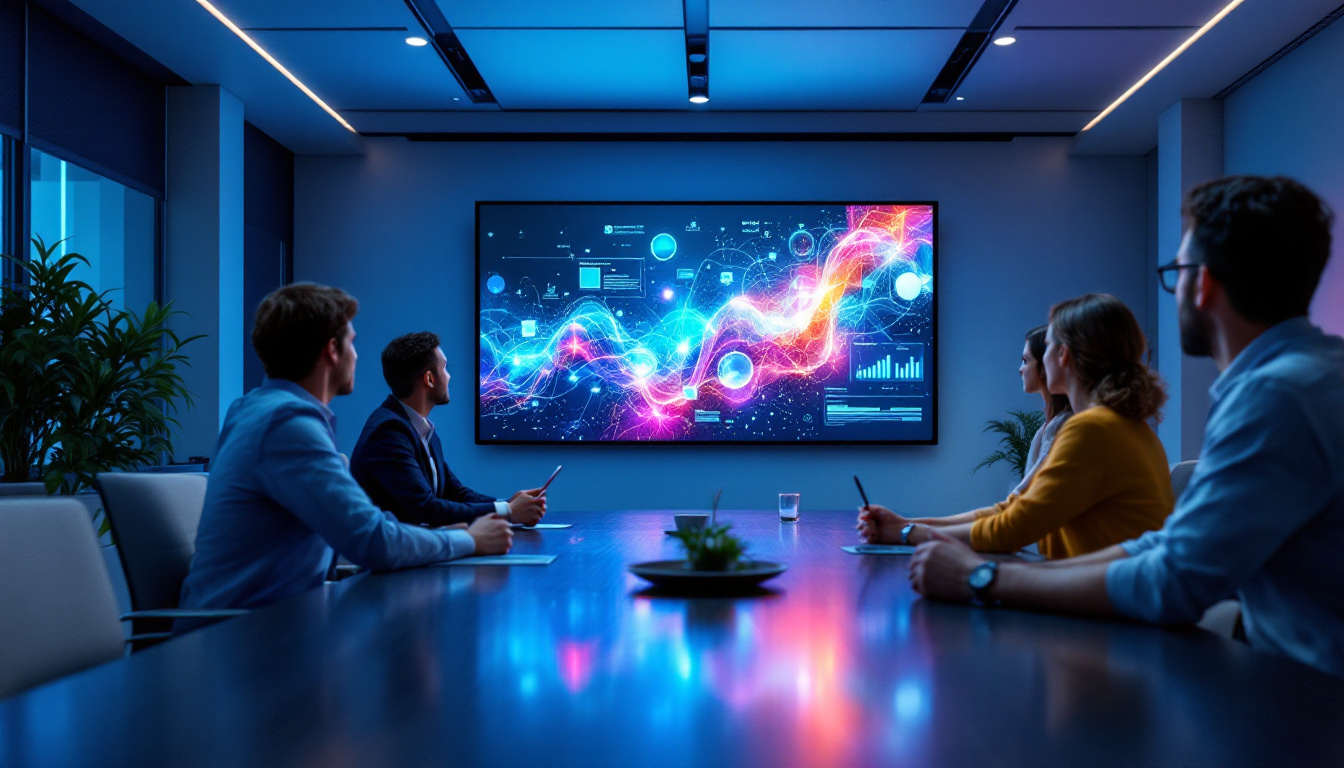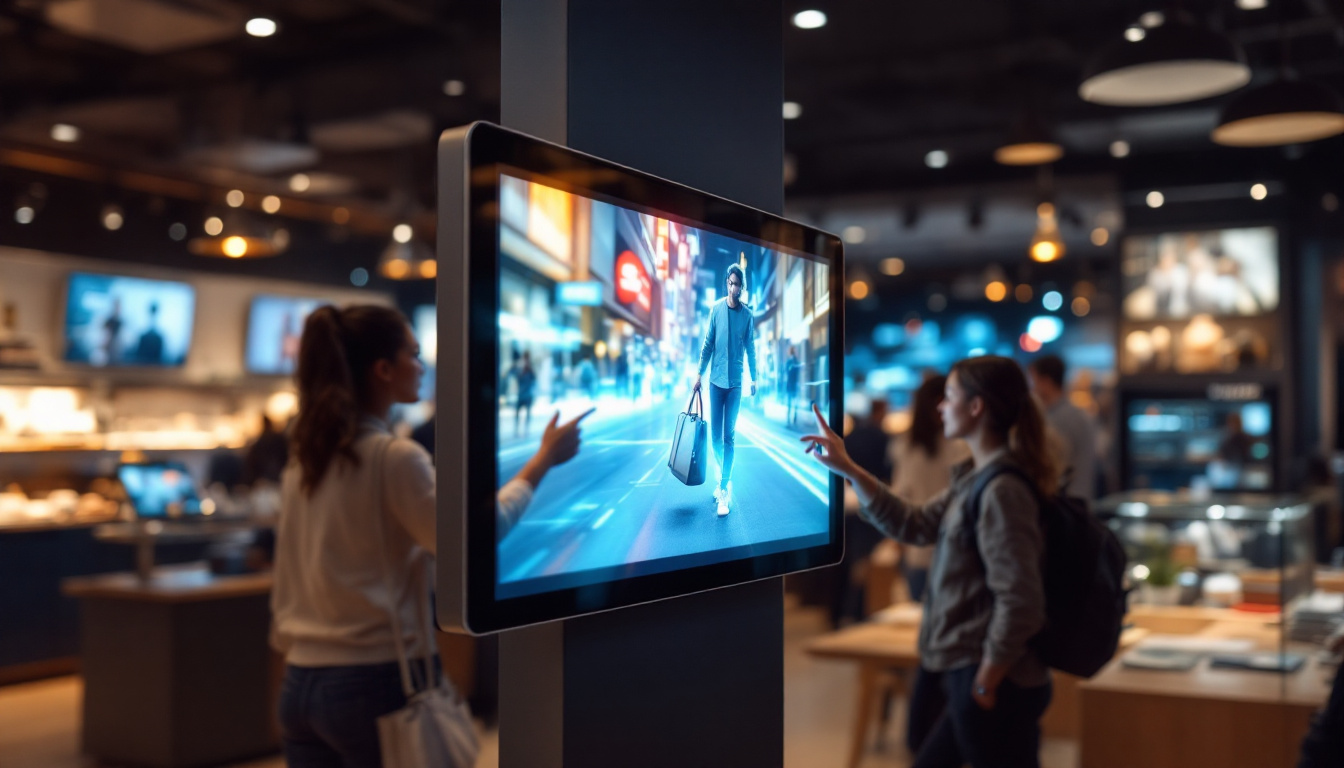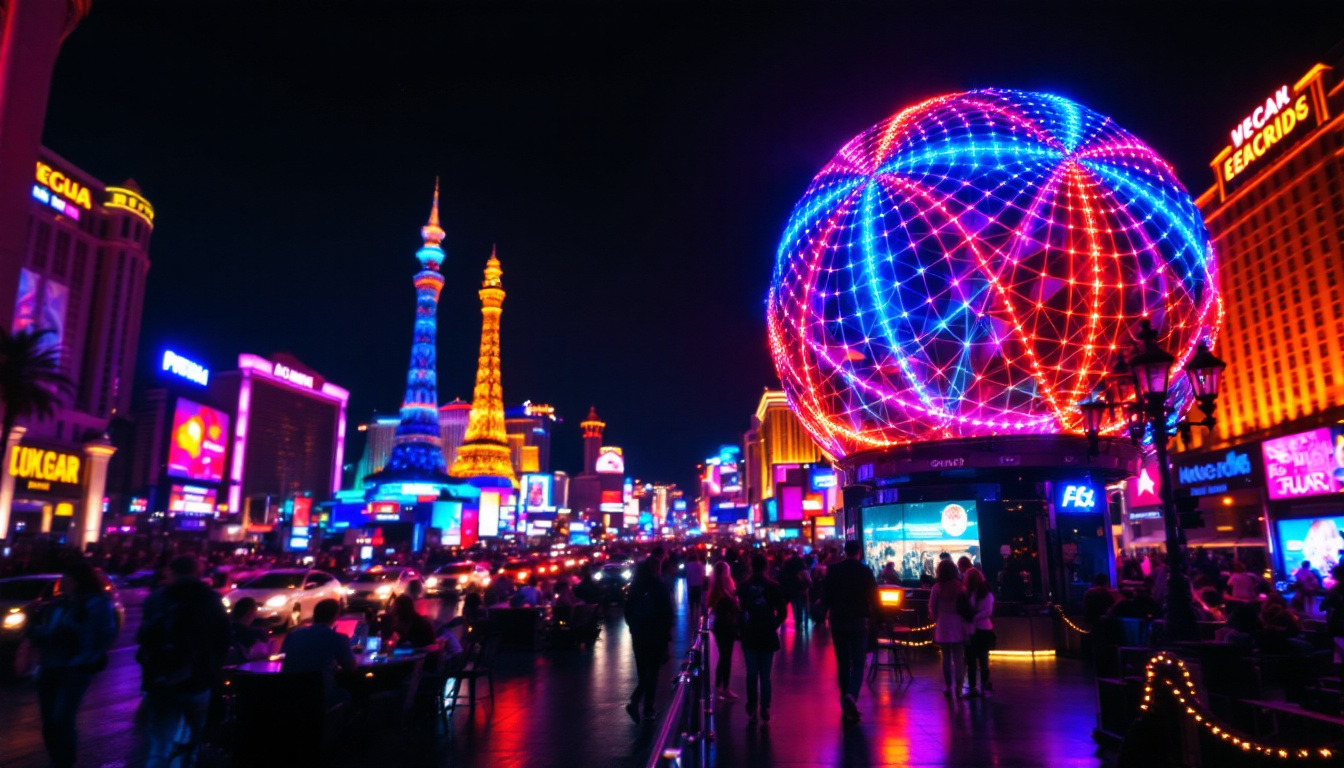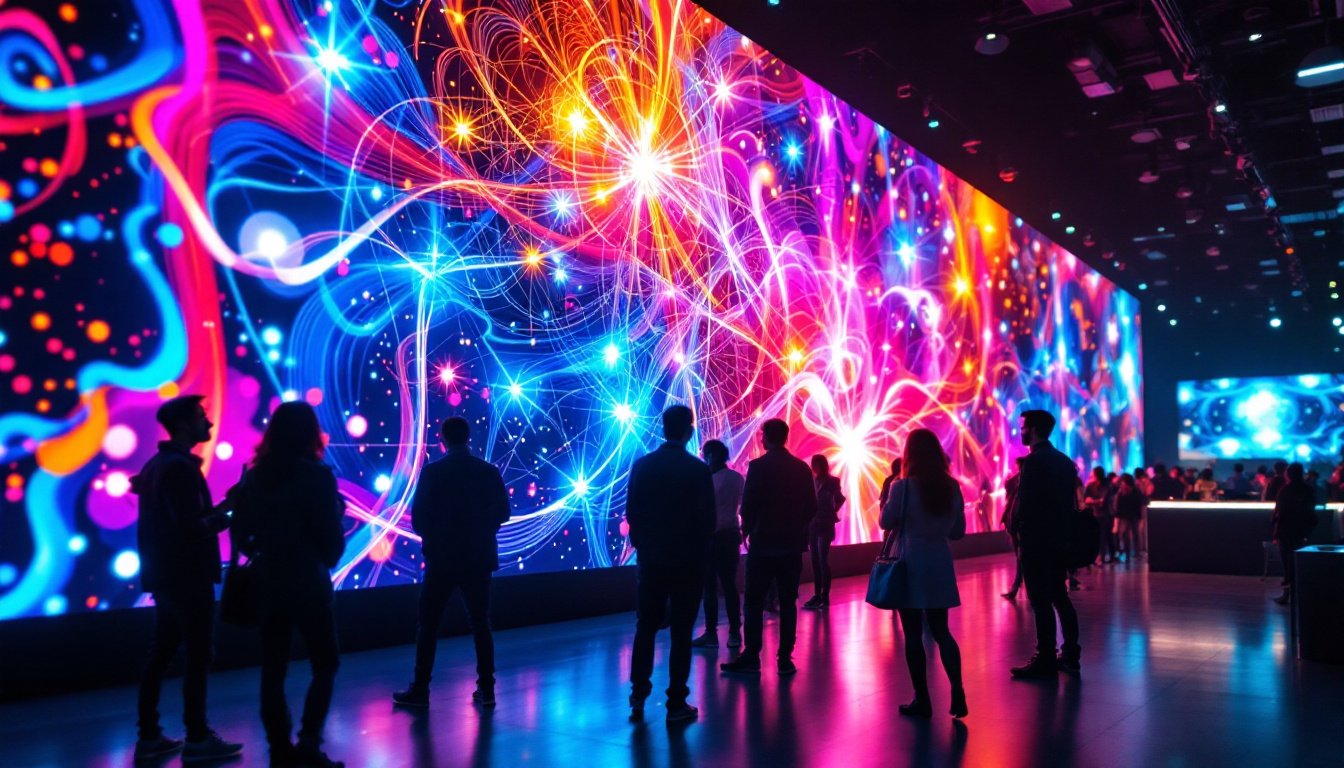Connected TV Representative In Middle East: LED Display Explained
The rise of Connected TV (CTV) has transformed the way audiences consume media, particularly in the Middle East. As streaming services gain traction, the demand for high-quality displays has become increasingly important. Among the various technologies available, LED displays have emerged as a preferred choice for both consumers and businesses. This article delves into the significance of LED displays in the context of Connected TV, particularly in the Middle Eastern market.
The Evolution of Connected TV in the Middle East
The Middle East has witnessed a significant shift in media consumption patterns over the past decade. Traditional television is gradually being overshadowed by Connected TV, which offers viewers a more personalized and interactive experience. This evolution is driven by several factors, including increased internet penetration, the proliferation of smart devices, and the growing popularity of streaming platforms.
Market Trends and Consumer Behavior
As internet connectivity improves across the region, more consumers are turning to streaming services for their entertainment needs. Platforms such as Netflix, Shahid, and OSN have gained substantial followings, prompting advertisers to rethink their strategies. The ability to target specific demographics through CTV has made it an attractive option for brands looking to maximize their reach.
Furthermore, the younger generation is particularly inclined towards on-demand content. This demographic shift is reshaping the advertising landscape, as brands adapt to the preferences of tech-savvy consumers who favor personalized viewing experiences over traditional commercials. The rise of social media influencers and user-generated content has also played a pivotal role in shaping viewer preferences, as audiences increasingly seek authenticity and relatability in the content they consume.
Technological Advancements
Technological advancements have played a crucial role in the growth of CTV. The integration of artificial intelligence and data analytics allows advertisers to deliver tailored content to viewers based on their preferences and viewing habits. This level of personalization enhances viewer engagement and increases the likelihood of conversion for advertisers.
Moreover, advancements in display technology, particularly LED displays, have significantly improved the visual experience for consumers. High-definition and 4K resolutions are now standard, providing crisp and vibrant images that enhance the overall viewing experience. Additionally, the emergence of augmented reality (AR) and virtual reality (VR) technologies is beginning to influence the way content is produced and consumed. These innovations promise to create immersive viewing experiences that blur the lines between reality and the digital world, captivating audiences and offering new avenues for storytelling.
As the landscape of Connected TV continues to evolve, the integration of voice-activated technology is also becoming commonplace. Devices like Amazon Fire TV and Google Chromecast allow users to control their viewing experience through voice commands, making it easier to navigate vast libraries of content. This hands-free approach not only enhances convenience but also caters to the growing demand for seamless user experiences, particularly among busy households where multitasking is the norm. As these technologies converge, the future of media consumption in the Middle East looks poised for even more transformative changes, inviting both viewers and advertisers to explore uncharted territories in digital engagement.
Understanding LED Display Technology
LED (Light Emitting Diode) technology has revolutionized the display industry, offering numerous advantages over traditional display technologies such as LCD and plasma. LED displays are known for their superior brightness, energy efficiency, and longevity, making them an ideal choice for various applications, including Connected TV.
Key Features of LED Displays
One of the standout features of LED displays is their exceptional brightness. This makes them suitable for a wide range of environments, including well-lit rooms and outdoor settings. The ability to produce vibrant colors and deep blacks enhances the overall viewing experience, making content more immersive.
Energy efficiency is another significant advantage of LED technology. Compared to traditional displays, LED screens consume less power, which not only reduces electricity bills but also contributes to environmental sustainability. This aspect is particularly appealing to consumers and businesses alike, as they seek to minimize their carbon footprint.
Types of LED Displays
There are several types of LED displays available in the market, each catering to different needs and preferences. The most common types include:
- Direct View LED (DVLED): These displays consist of individual LED modules that can be combined to create large screens. They are often used for outdoor advertising and large venues.
- LED-backlit LCD: This type uses LED lights to illuminate an LCD panel, providing better contrast and color accuracy compared to traditional LCDs.
- Organic LED (OLED): OLED displays use organic compounds to emit light, resulting in deeper blacks and more vibrant colors. They are often found in high-end televisions.
The Role of LED Displays in Connected TV
LED displays are integral to the Connected TV experience, enhancing both content delivery and viewer engagement. As consumers increasingly seek high-quality visuals, the demand for LED technology in the CTV space continues to grow.
Enhanced Viewing Experience
The primary function of a display is to present content, and LED technology excels in this area. The high brightness levels and color accuracy of LED displays ensure that viewers enjoy a stunning visual experience, whether they are watching a blockbuster movie or a live sports event. This enhanced viewing experience is crucial for retaining audience attention and encouraging binge-watching.
Furthermore, the rapid response times of LED displays reduce motion blur, making them ideal for fast-paced content. This feature is particularly beneficial for sports and action films, where clarity and detail are paramount.
Integration with Smart Technology
Modern LED displays are often equipped with smart technology, allowing them to connect to the internet and access streaming services directly. This integration eliminates the need for additional devices, simplifying the viewing experience for consumers. Users can easily navigate through their favorite platforms using a single remote control, enhancing convenience and usability.
Moreover, smart LED displays can receive software updates, ensuring that they remain compatible with the latest streaming applications and features. This longevity is a significant advantage for consumers, as it reduces the need for frequent upgrades.
Advertising Opportunities with LED Displays
The rise of Connected TV has opened new avenues for advertisers, and LED displays play a pivotal role in this transformation. With their ability to deliver high-quality visuals, LED displays are becoming increasingly popular for advertising campaigns.
Targeted Advertising
One of the most significant advantages of CTV advertising is the ability to target specific audiences. Advertisers can leverage data analytics to deliver personalized ads to viewers based on their preferences and viewing habits. This level of targeting increases the effectiveness of advertising campaigns, as consumers are more likely to engage with content that resonates with them.
LED displays enhance this experience by providing eye-catching visuals that capture viewer attention. The combination of targeted advertising and high-quality displays results in higher engagement rates and improved return on investment for brands.
Dynamic Content Delivery
LED displays also enable dynamic content delivery, allowing advertisers to change their messaging in real-time. This flexibility is particularly beneficial for time-sensitive promotions or events. For instance, a brand can showcase a limited-time offer during a specific sporting event, ensuring that the message reaches the right audience at the right time.
This capability not only enhances the relevance of advertising but also creates a sense of urgency among viewers, prompting them to take action.
The Future of LED Displays in the Middle East
As the Connected TV landscape continues to evolve, the future of LED displays in the Middle East looks promising. With advancements in technology and increasing consumer demand, LED displays are poised to play a significant role in shaping the future of media consumption in the region.
Emerging Trends
Several emerging trends are likely to influence the adoption of LED displays in the Middle East. One such trend is the growing popularity of interactive content. As consumers seek more engaging experiences, brands are exploring ways to incorporate interactive elements into their advertising campaigns. LED displays, with their vibrant visuals and responsiveness, are well-suited for this purpose.
Additionally, the rise of augmented reality (AR) and virtual reality (VR) technologies presents new opportunities for LED displays. As these technologies become more mainstream, the integration of LED displays with AR and VR experiences could revolutionize the way consumers interact with content.
Challenges and Considerations
Despite the promising outlook, there are challenges that need to be addressed for the widespread adoption of LED displays in the Connected TV space. One significant challenge is the cost associated with high-quality LED technology. While prices have decreased over the years, premium displays can still be a significant investment for consumers and businesses alike.
Moreover, as the market becomes saturated with various display options, consumers may find it challenging to discern the differences between products. educating consumers about the benefits of LED technology will be crucial for driving adoption and ensuring that they make informed purchasing decisions.
Conclusion
In conclusion, LED displays are an integral component of the Connected TV ecosystem in the Middle East. Their superior visual quality, energy efficiency, and adaptability make them a preferred choice for consumers and advertisers alike. As the market continues to evolve, the role of LED displays will only become more pronounced, paving the way for innovative content delivery and advertising strategies.
The future of media consumption in the Middle East is bright, and LED technology will undoubtedly play a pivotal role in shaping this landscape. By embracing the potential of LED displays, stakeholders in the industry can enhance viewer experiences, drive engagement, and ultimately, achieve greater success in the ever-competitive world of Connected TV.
Discover LumenMatrix LED Display Solutions
As the Connected TV landscape in the Middle East continues to flourish, the demand for superior visual technology is at an all-time high. LumenMatrix stands at the forefront of this revolution, offering an array of LED display solutions that cater to your every need. From the immersive Indoor LED Wall Display to the dynamic Outdoor LED Wall Display, and from the versatile Vehicle LED Display to the innovative LED Transparent Display, our products are designed to transform your visual communication and captivate your audience. Embrace the future of media with LumenMatrix’s cutting-edge technology. Check out LumenMatrix LED Display Solutions and see how we can enhance your brand visibility and viewer engagement today.

